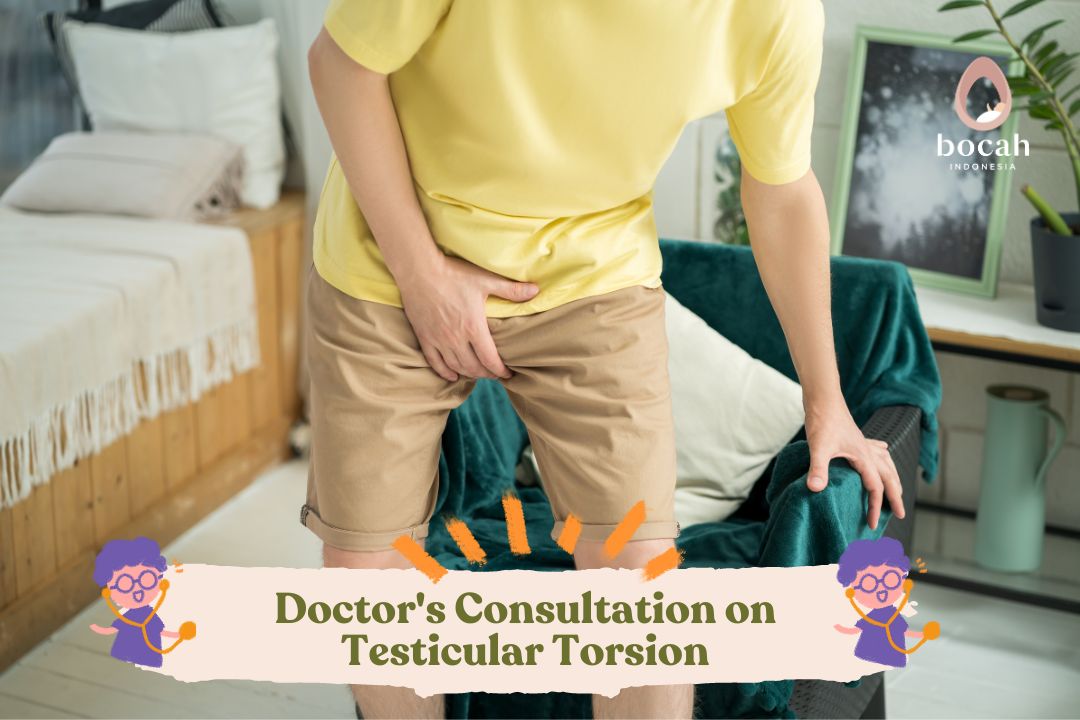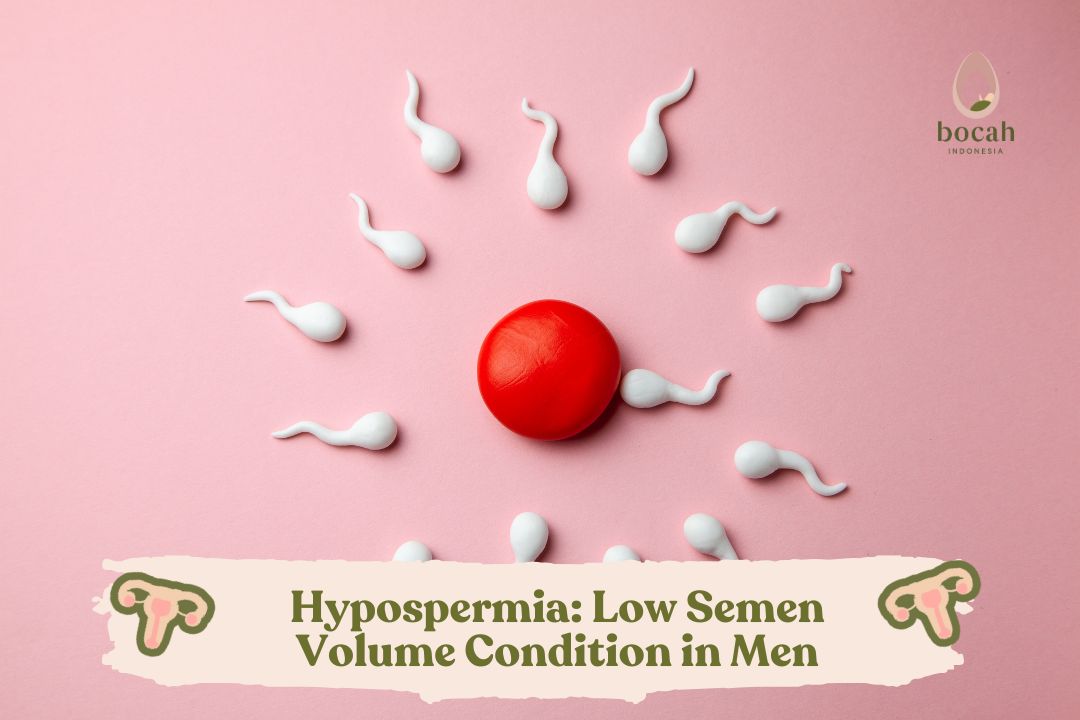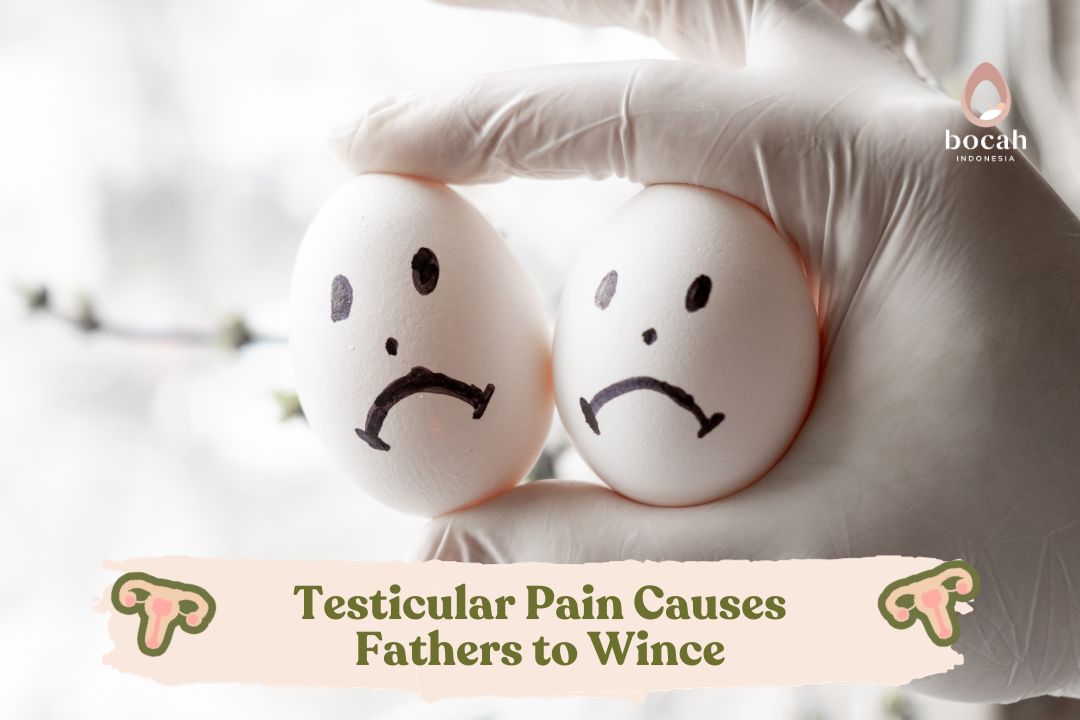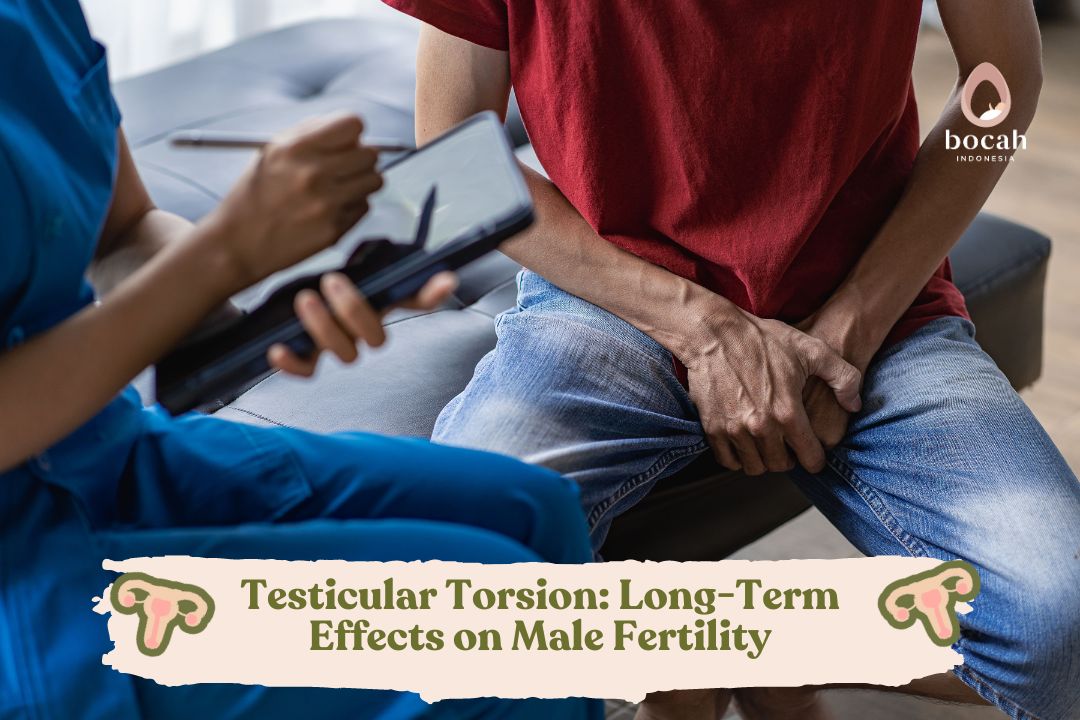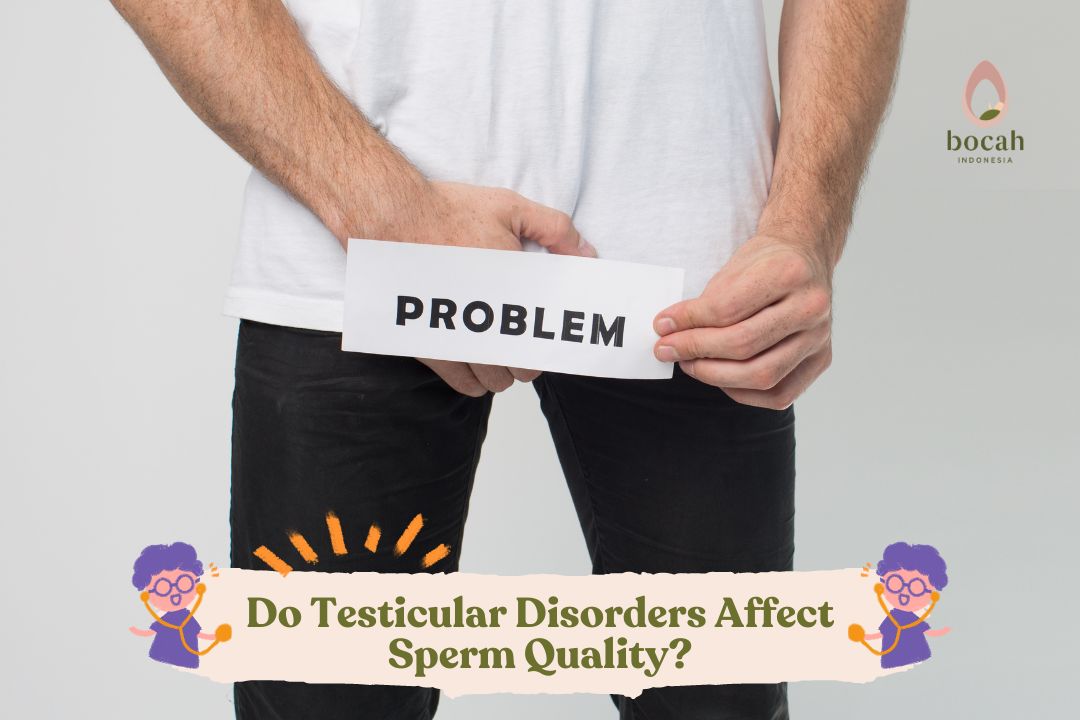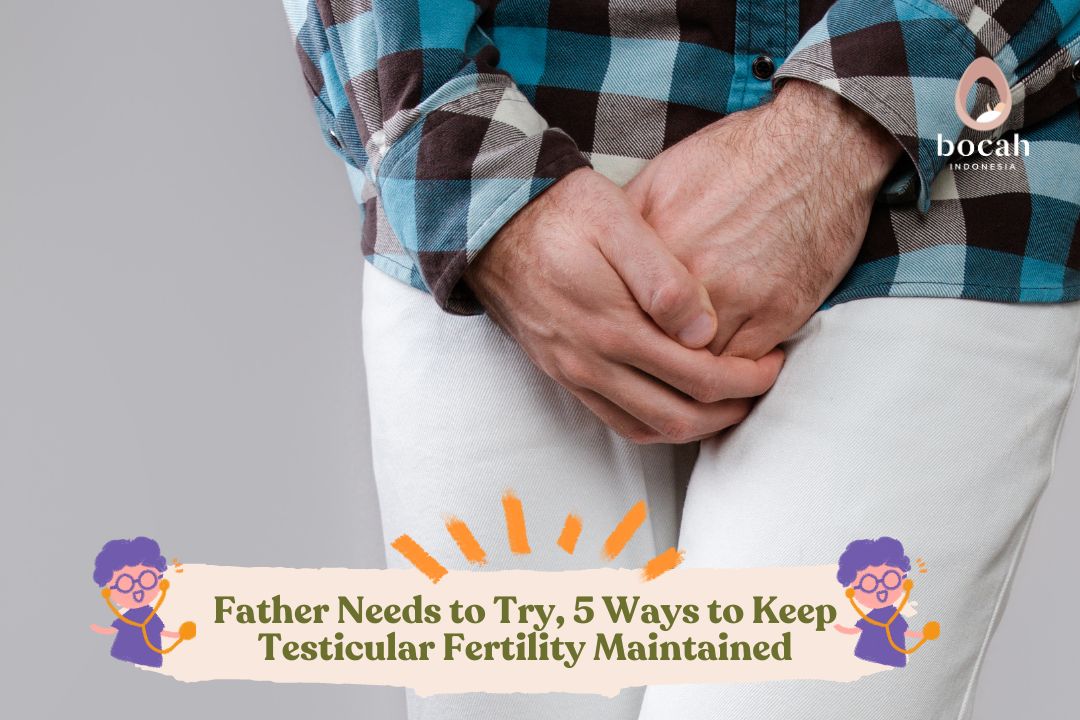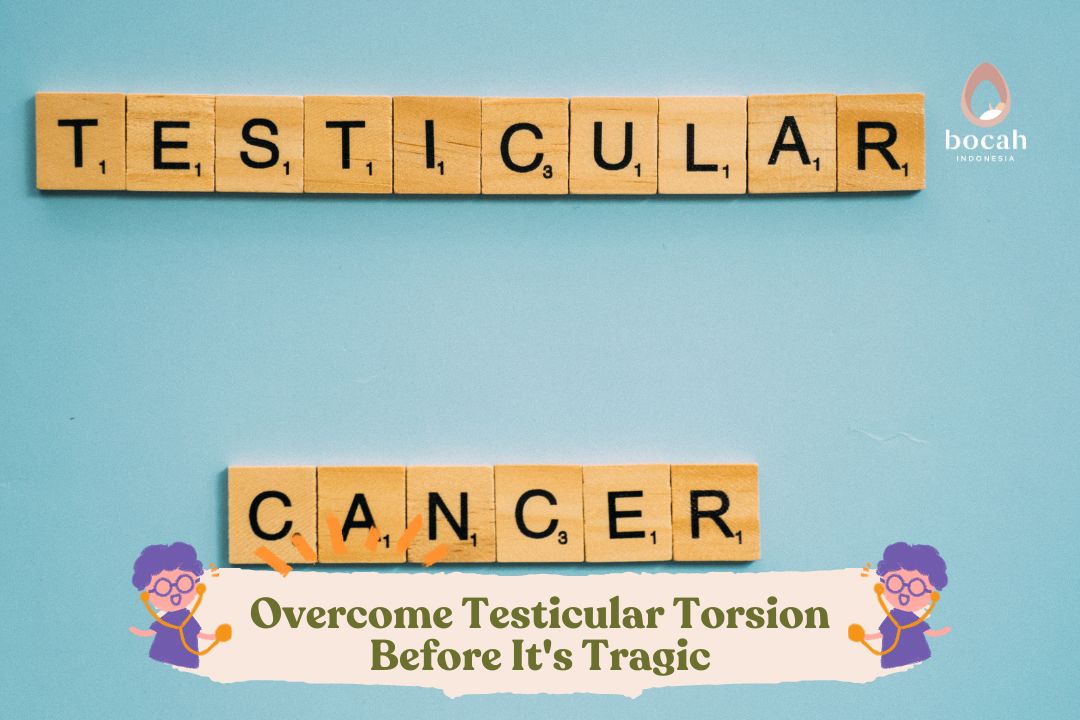Testicular Tumor, When Testicular Condition Becomes Critical
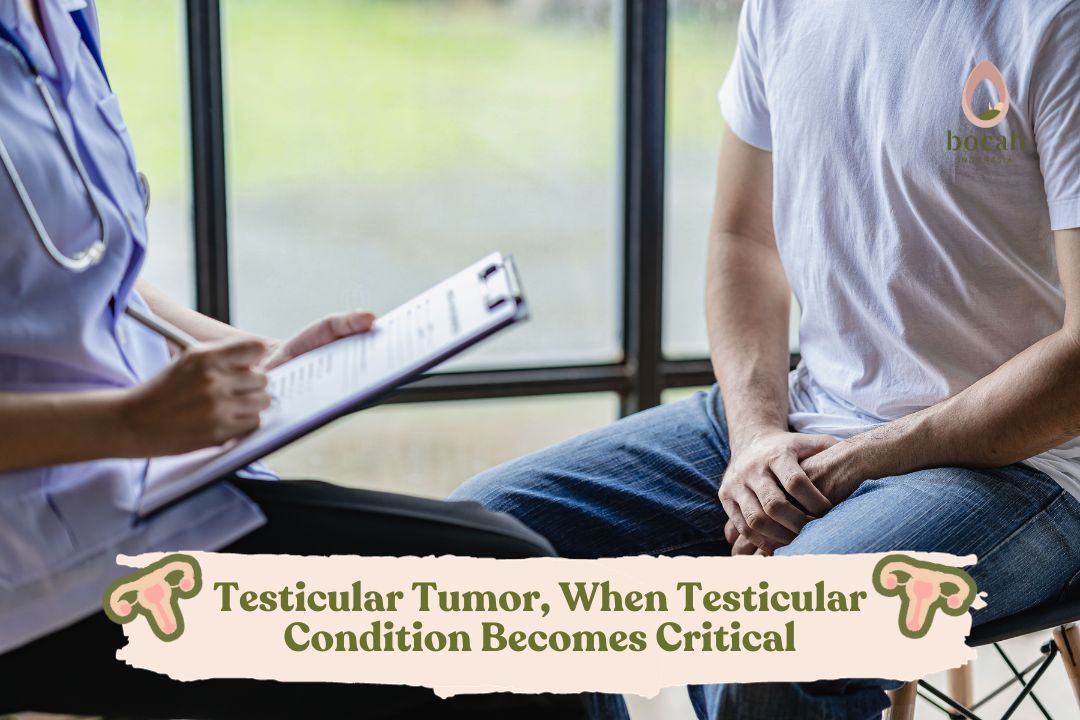
Testicular tumor is a medical condition that can be experienced by men aged 20-40. So, what treatment methods are employed?
Do you know, Dad, that testicles can develop tumors? This condition occurs when the testicles or scrotum swell and lumps form. These lumps can cause pain and can grow on either one or both sides of the testicles.
The testicles are one of the reproductive organs that play a crucial role. They are located inside the scrotum or the scrotal sac. In essence, every man has two testicles that function in producing testosterone and sperm.
Generally, testicular tumors do not cause pain, but this type of tumor can cause discomfort. This is due to the emergence of tumor cells that grow on one or both sides of the testicles.
Types of Testicular Tumors
Testicular tumors are divided into two types, benign testicular tumors and malignant testicular tumors. This condition could potentially affect Dad. Here’s an explanation.
Tanya Mincah tentang Promil?
-
Benign Testicular Tumors
Benign tumor cells grow slowly in the testicles and do not spread to other organs. This type of tumor is not dangerous, and the chances of recurrence are small when it is successfully treated. There are several types of benign tumors, such as:
-
Benign Teratoma. One of the tumor types that grows in lymph nodes that develop before puberty and typically occurs in babies.
-
Lipoma. Tumor cells originate from fatty tissue. This tumor can appear anywhere on the body, including the testicles or in the scrotal sac. The lump of this tumor is soft, painful, and non-malignant.
-
Fibroma. This tumor type originates from connective tissue. Although it is benign in nature, testicular fibroma can create solid lumps when touched.
-
Testicular Stromal Tissue Tumor. This tumor grows in the connective tissue that supports the testicles in the scrotal sac.
-
Malignant Testicular Tumors
If benign tumors grow slowly and their development is slower, malignant tumor cells spread more rapidly, such as to the lungs, lymph nodes, liver, spinal cord, and even the brain. Their aggressive nature makes these tumors capable of developing into cancer.
Don’t take it lightly because malignant testicular tumors can be dangerous if not promptly addressed. Here are some types of malignant tumors, such as:
-
Seminoma. These tumor cells grow in the testicles and producehuman chorionic
gonadotropin (hCG). This type of tumor does not produce easily noticeable symptoms in its sufferers.
-
Yolk Sac Carcinoma. This tumor type is located in the yolk sac, which later develops into the testicles and almost always produces Alpha-Fetoprotein (AFP) hormones.
-
Choriocarcinoma. This type of tumor generally occurs in women’s reproductive organs such as the uterus and ovaries. However, these tumor cells can also grow in men’s reproductive organs, namely the testicles. Similar to seminoma, this type of tumor produces hCG hormones.
Causes of Testicular Tumors
Tumors occur when abnormal tumor cells form tissue or lumps in the testicles. Until now, the exact cause of these tumors is not known. However, there are several related factors, such as:
-
Specific diseases
-
Family members having a history of specific diseases
-
Congenital abnormalities
Additionally, there are several factors that can increase a man’s risk of experiencing testicular tumors, such as:
-
Aged 15-35 years
-
A history of testicular tumors or cancer
-
Experiencing varicocele, a condition characterized by swelling in the blood vessels in the scrotum area
-
Having Klinefelter syndrome
-
Having congenital conditions, such as cryptorchidism
-
Experiencing hydrocele, a condition characterized by a scrotal sac filled with fluid
-
Having HIV/AIDS
Symptoms of Testicular Tumors
Generally, testicular tumors cause symptoms such as the presence of lumps, making the testicular sac appear enlarged or asymmetrical. Some of the symptoms that may occur include:
-
Accumulation of fluid in the scrotal sac
-
Heaviness and discomfort in the scrotum
-
Aching or pain in the groin or lower abdomen area
In some cases, testicular tumors often go unnoticed and are diagnosed late, eventually spreading to other parts of the body. This condition can lead to symptoms such as:
-
Shortness of breath
-
Chest pain
-
Lower back pain
-
Bone pain
-
Unexplained weight loss
-
Nausea, vomiting, and diarrhea
-
Headaches
Treatment for Testicular Tumors
Treatment and management of testicular tumors depend on the type and severity of each condition. Generally, testicular tumor treatment includes:
-
Radiation Therapy
This treatment is carried out using high-dose X-ray radiation to destroy tumor cells. Radiation therapy can also be performed to eliminate tumor cells that have spread to the lymph nodes and even the brain.
-
Chemotherapy
This treatment is used to destroy tumor cells by administering specific doses of medication. Chemotherapy is carried out to inhibit tumor cells from spreading to other organs.
-
Surgery
This treatment is performed with the method of Orchiectomy to remove the testis affected by the tumor. Surgery can be done to treat testicular cancer that has spread to the lymph nodes or other organs.
When Should You See a Doctor?
Dad, testicular tumors can indeed cause problems if not treated promptly. However, there’s no need to worry if you and Mom are planning a fertility program. Get yourself checked by a doctor to receive the appropriate treatment as soon as possible.
After all, testicular tumors can lead to infertility issues, making it difficult for couples to conceive. If you’re experiencing this condition, don’t delay your examination any longer.
Interested in more information about other reproductive organs? Let’s read more articles on Bocah Indonesia!
This article has been medically reviewed by Dr. Chitra Fatimah.
Source:
- Lee, J.Y., et al. (2023). Risk Factors for Testicular Cancer: Environment, Genes and Infections—Is It All? Medicina (Kaunas). 2023 Apr; 59(4): 724. https://www.ncbi.nlm.nih.gov/pmc/articles/PMC10145700/
- Baird, D.C., et al. (2018). Testicular Cancer: Diagnosis and Treatment. Am Fam Physician. 2018 Feb 15;97(4):261-268. https://pubmed.ncbi.nlm.nih.gov/29671528/
- Canadian Cancer Society. Non-cancerous tumours and conditions of the testicle. https://cancer.ca/en/cancer-information/cancer-types/testicular/what-is-testicular-cancer/non-cancerous-tumours
- American Urological Association. Diagnosis and Treatment of Early-Stage Testicular Cancer: AUA Guideline. https://www.auanet.org/guidelines-and-quality/guidelines/testicular-cancer-guideline


